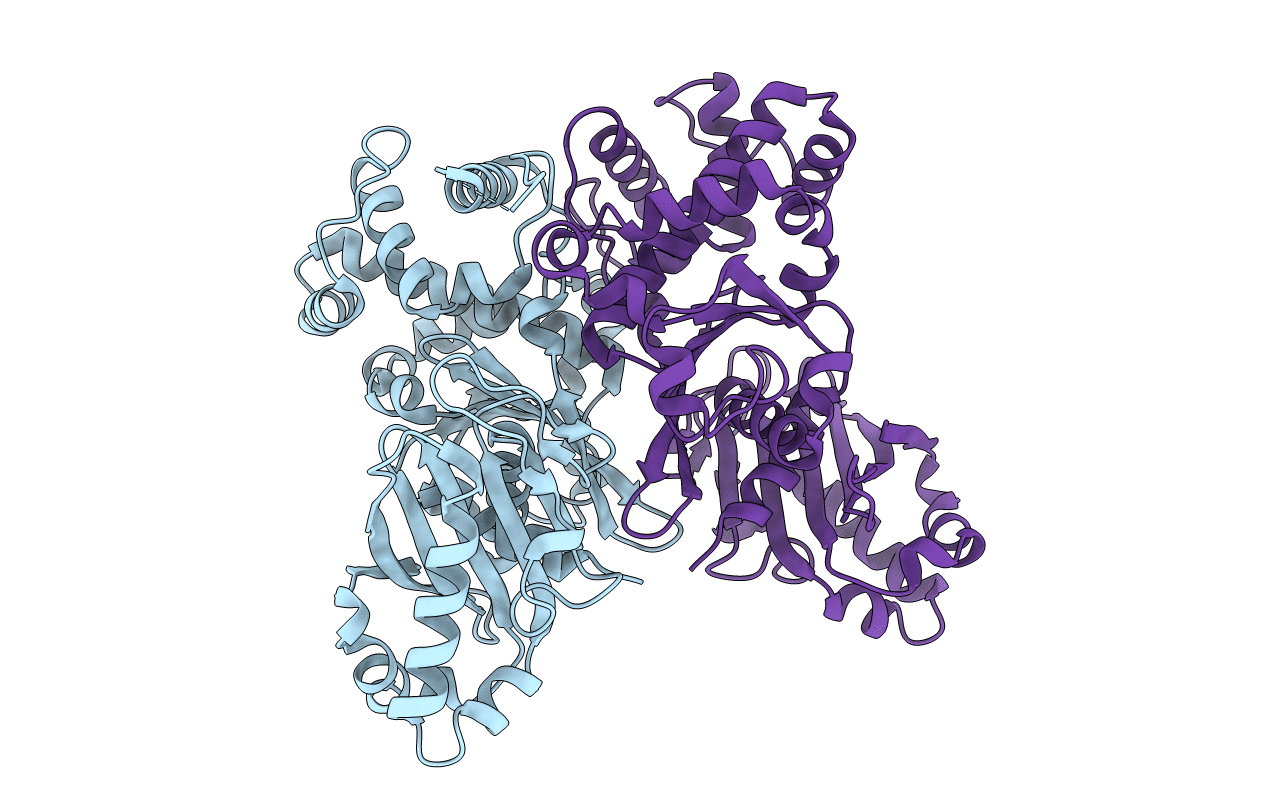
Deposition Date
2018-08-09
Release Date
2018-08-29
Last Version Date
2023-10-11
Entry Detail
Biological Source:
Source Organism:
Leishmania braziliensis MHOM/BR/75/M2904 (Taxon ID: 420245)
Host Organism:
Method Details:
Experimental Method:
Resolution:
1.85 Å
R-Value Free:
0.26
R-Value Work:
0.21
R-Value Observed:
0.21
Space Group:
P 1 21 1


